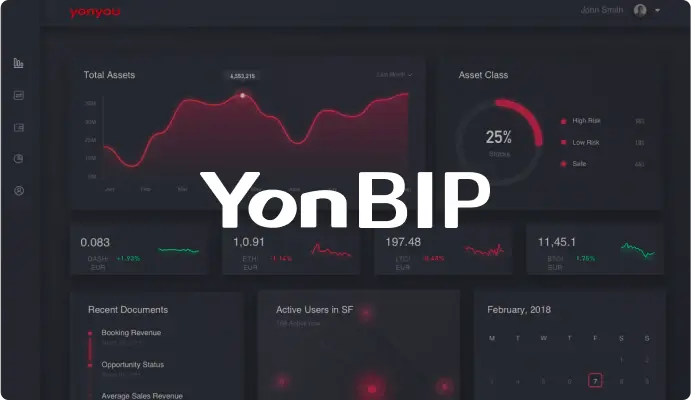If you’re running a business that uses a manual accounting process, you’re likely familiar with the practices of recording financial transactions in physical account books, ledgers, or paper records. In such systems, there’s typically no reliance on computer systems or specialised accounting software.
In many cases, manual accounting is usually the go-to option when business operations are simple or the volume of transactions is relatively small. However, this simplicity can become a double-edged sword as your business expands.
An increase in the volume and complexity of transactions can make manual bookkeeping increasingly challenging and time-consuming. As such, while manual accounting may meet the needs of small-scale operations, it will eventually become inadequate for growing businesses that require robust, efficient, and scalable financial management solutions.
When left unaddressed, this might bring about a number of unforeseen disadvantages that can hamper your business growth:
The Time-Consuming Nature of Manual Accounting
For starters, the manual accounting process can often feel like an endless chain of prolonged and tedious tasks. Data entry, calculations, double-checking figures, preparing reports, and reconciling discrepancies can turn into hours, if not days, of work. Furthermore, these tasks must often be repeated monthly, quarterly, and annually, creating a repeating cycle of heavy workload.
This excessive time investment means that vital resources are tied up in routine tasks that, while necessary, do not directly contribute to a business’ strategic goals or growth. Consequently, businesses need more time for crucial activities like financial analysis, strategic planning, or process improvement initiatives. Employees become overwhelmed with operational tasks and are unable to focus on higher-value tasks that could drive the business forward.
The Potential for Increased Accounting Errors
Another major pitfall of manual accounting is the increased potential for accounting errors. A simple data entry error, such as a misplaced decimal point or a transposition number, can throw off an entire financial statement. These errors may not only affect one’s books but can also result in incorrect tax filings, regulatory fines, or even misinformed business decisions.
Furthermore, identifying and rectifying these errors can be time-consuming, and it can be difficult to trace its source especially in growing companies where multiple hands touch the books. When errors occur, they can damage a business’s reputation, jeopardise relationships with stakeholders, and could even lead to significant financial losses.
The Absence of Real-Time Data
In today’s dynamic business environment, having access to real-time data is a game-changer. It enables quick, informed decision-making and gives businesses the agility they need to respond to changes in the market. However, with manual accounting, it takes time to maintain an up-to-the-minute view of your financial status.
Financial statements are often prepared monthly, meaning there’s often a significant time lag between the moment data is recorded and when it’s available for analysis. This delay means businesses are making decisions based on past data rather than the current financial reality, risking missed opportunities or unnecessary expenses.
Difficulty in Scaling
Scaling is a sign of a healthy, growing business. However, with manual accounting, scaling becomes a daunting challenge rather than an exciting opportunity. As the number of transactions increases, so does the volume of paperwork and the complexity of managing it.
This expanding workload often results in increased overtime and potentially even the need to hire additional staff. Additionally, maintaining accuracy and timeliness becomes increasingly difficult as the volume of data grows, leading to a higher risk of errors, missed deadlines, and potential non-compliance with financial regulations.
Restricted Accessibility and Collaboration
In our increasingly digital and interconnected world, collaboration and accessibility are more important than ever. Unfortunately, manual accounting can fall short in this regard. With paper-based systems, there’s often only one copy of important documents; accessing that information requires physical presence.
This restricts the ability for team members to collaborate effectively and can create delays in decision-making. Furthermore, if a document is lost or damaged, it could result in significant issues, including non-compliance with record-keeping regulations. These limitations of manual accounting can create operational bottlenecks and inefficiencies, impeding the overall productivity of a business.
What to Do to Avoid These Pitfalls
Given the above drawbacks, the need for a more efficient, reliable, and scalable solution becomes clear. This is where automated solutions, such as Yonyou’s cloud accounting software, come in to ensure the success of both the business and your workforce. Yonyou’s system utilises advanced technologies including cloud computing, artificial intelligence, and big data to provide an integrated financial management platform that caters to complex corporate requirements.
Among its features, its Accounting Document Management propels businesses in Singapore towards paperless operations. It streamlines finance-related workflows and cuts back on the need for manual intervention, thus reducing errors and increasing efficiency.
In addition, the Smart Image Capture Service efficiently manages financial document images – capturing, processing, storing, and reviewing them with ease. This service significantly improves workflow efficiency and operational effectiveness. Overall, Yonyou’s cloud accounting software integrates various financial management aspects, presenting businesses in Singapore with a future-proof approach of managing their finances. To learn about the benefits and features of our cloud accounting software, feel free to reach out to our team for more information.




